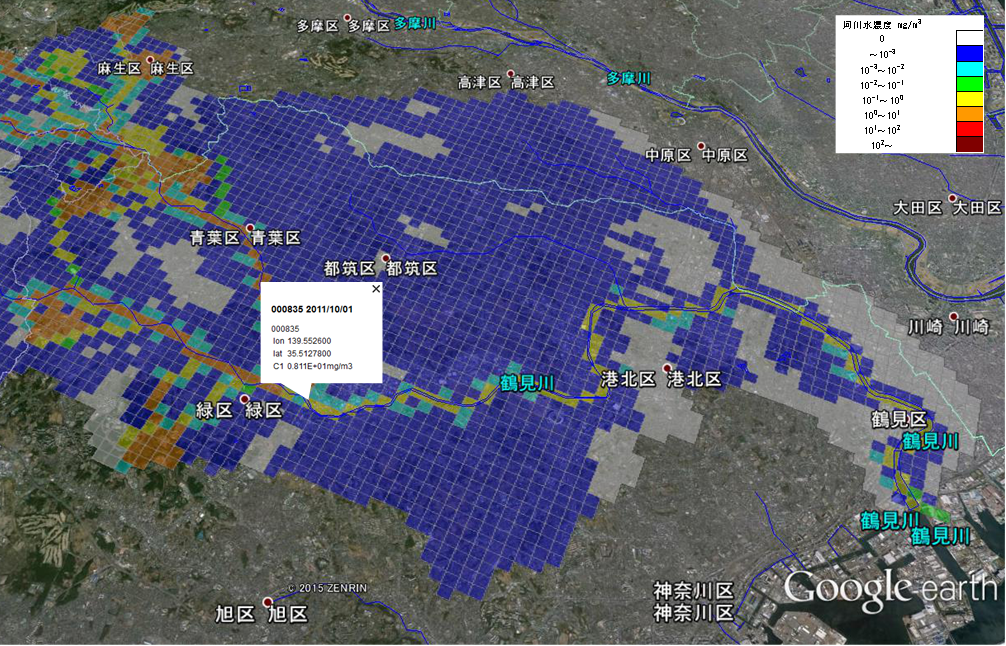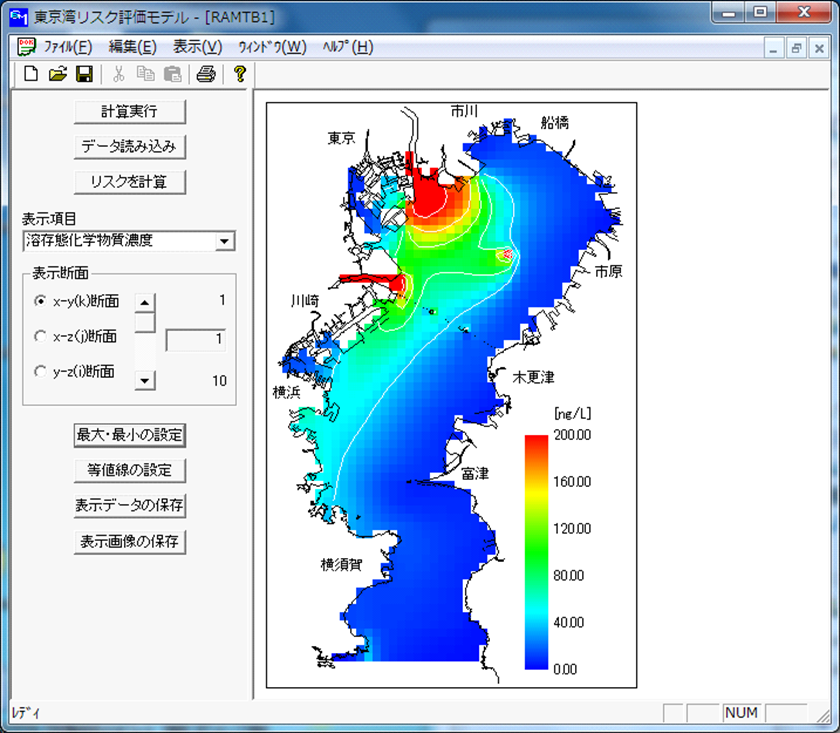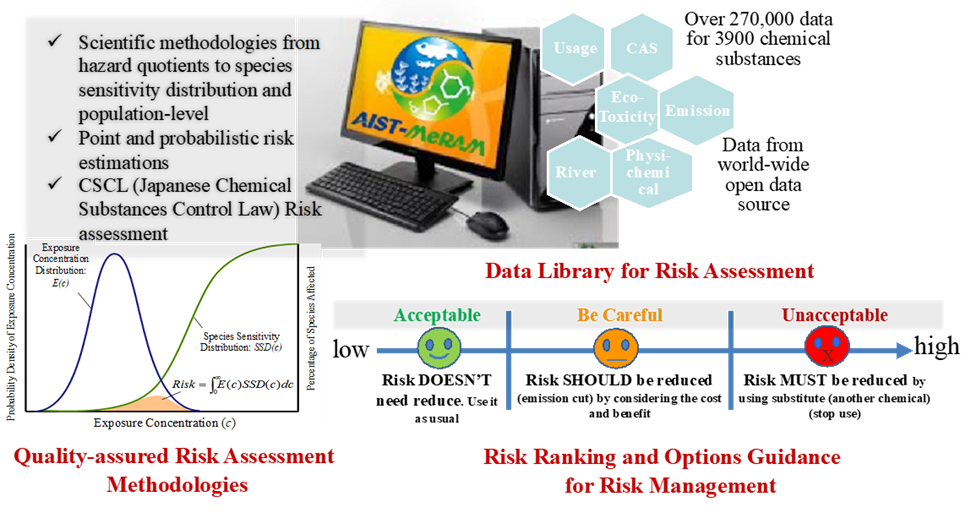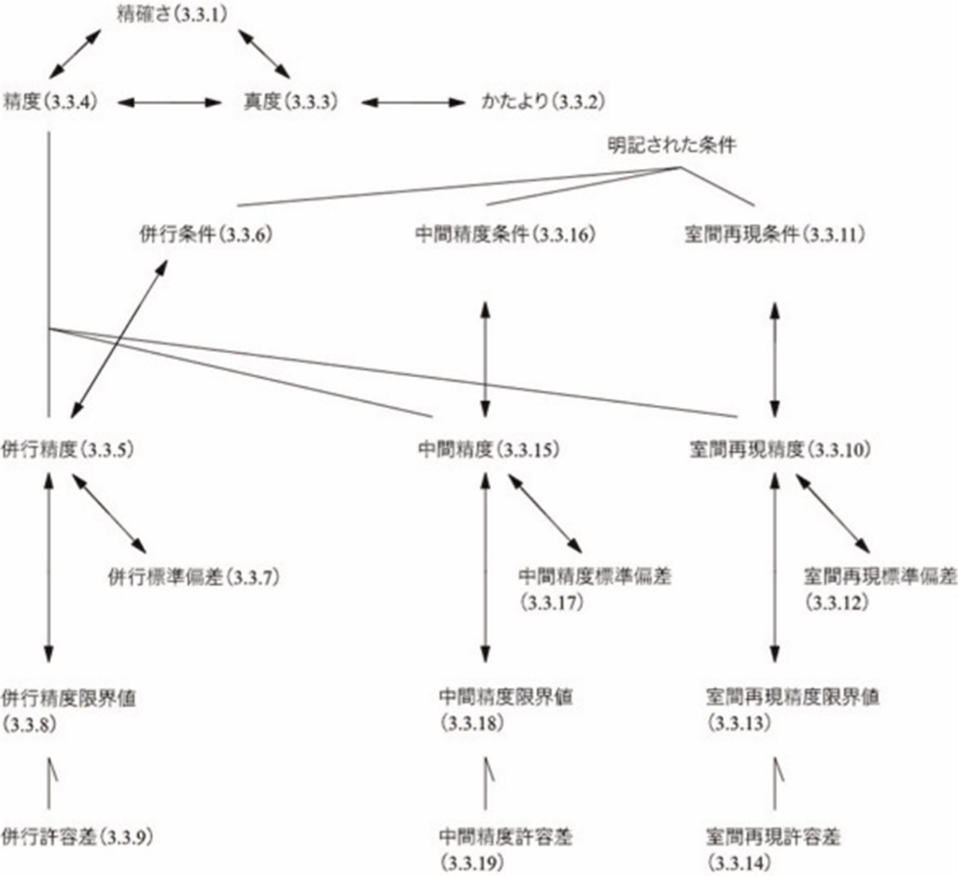Environmental Exposure Modeling Group
Environmental Exposure Modeling Group

6 Researchers:
Bin-Le Lin, Yuriko Ishikawa, Kotaro Kawajiri, Jun-ichi Takeshita, Hiroo Hata
11 Contract Employees
Outline
We are developing modeling technologies related to environmental exposure and risk, which are important for assessing the risk of chemical substances to humans and ecosystems. These technologies make it possible to estimate exposure amounts and risks without actual measurement data and to propose effective risk reduction proposals. In order to address the risk assessment of various chemical substances, including new substances, we are also developing hazard assessment methods that contribute to speeding up and streamlining the assessment process, and conducting research on system optimization using AI, as well as research on mechanism elucidation regarding environmental fate using chemical kinetic methods. Our goal is to contribute to rational decision-making by governments and companies by taking on the evaluation of environmental and energy-related policies and technologies.
Research Highlights
Development of exposure models
ADMER (Atmospheric Dispersion Model for Exposure and Risk assessment) & ADMER-PRO
- Estimate atmospheric concentrations and population exposure to chemical substances with high spatial and temporal resolution.
- Models contains required input data, so concentration distributions and reduction potentials can be estimated with little time and effort.

Output display of concentration distribution in air
SHANEL (Standardized Hydrology-based Assessment tool for chemical Exposure Load)
- Estimation of spatial distributions and temporal changes of chemical concentration in rivers nationwide.
- Exposure assessment of chemicals in rivers by life and industrial activities or leakage accidents.
- Set data on watershed information.
- Improving the model to apply to marine biodegradable plastics.

Example of concentration distribution in river water
RAM-TB (Risk Assessment Model – Tokyo Bay)
- Spatial-temporal analysis of concentrations of chemical substances in coastal water.
- Ecological risk assessment by load in coast, air and rivers and simple physical properties.
- Set data on ocean currents and nutrients for the target coastal area.
- Improving the model to apply to marine biodegradable plastics.

Output display of concentration distribution in Tokyo Bay
Environmental risk and risk trade-off assessment
Dissemination and Innovation of an all-in-one tool (AIST-MeRAM)
An all-in-one ecological risk assessment tool called AIST-MeRAM is being developed and being advanced by its functions/database and its intelligent features.
 |
Risk/risk tradeoff assessment of nitrogen (N) and its related technologies
A process-based N cycle model is being developed. In addition, the environmental risk trade-off assessment of N reactive compounds related to biomass and ammonia hydrogen is investigated as well.
 |
Atmospheric modeling via chemical kinetics
Chemical kinetics and chemical transport model
- Evaluating the rate constants of atmospheric chemical reactions by spectroscopical experiments and quantum chemistry calculation.
- Incorporation of the chemical kinetic parameters to regional and global chemical transport models.
- Health risk evaluation for the scenario of the introduction of next generation technologies by the chemical transport models.

Change of PM2.5 concentration by incorporating new kinetic parameters. |
Mathematical methods for rationalizing risk assessment
- Development of toxicity prediction methods for rapid and efficient human health risk assessment
- Development of statistical analysis methods for evaluating the accuracy of measurement methods
- International standardization activities in ISO/TC 69 (Application of statistical methods)

ISO TC69 Plenary Meeting |
|
(Source: JIS Z 8102-2:2015 Figure B.15) |
Innovative Design of Experiment
- An objective of engineering research is usually to explore the optimum operating conditions (inputs) for the multiple-objectives such as quality or cost of products. The innovative design of experiment is developed by combining a framework of design of experiment and multiple methods of artificial intelligence to optimize such a multiple-inputs and multiple-objective system using minimum experimental dataset easily.

Optimization of design of artificial heart (mechanical circulatory support devices) (Modified from Fig. 2 on page 98 in the proceedings of the 122th Symposium of the Japanese Society for Quality Control) |


 Concept diagram: Properties of test and measurement methods
Concept diagram: Properties of test and measurement methods